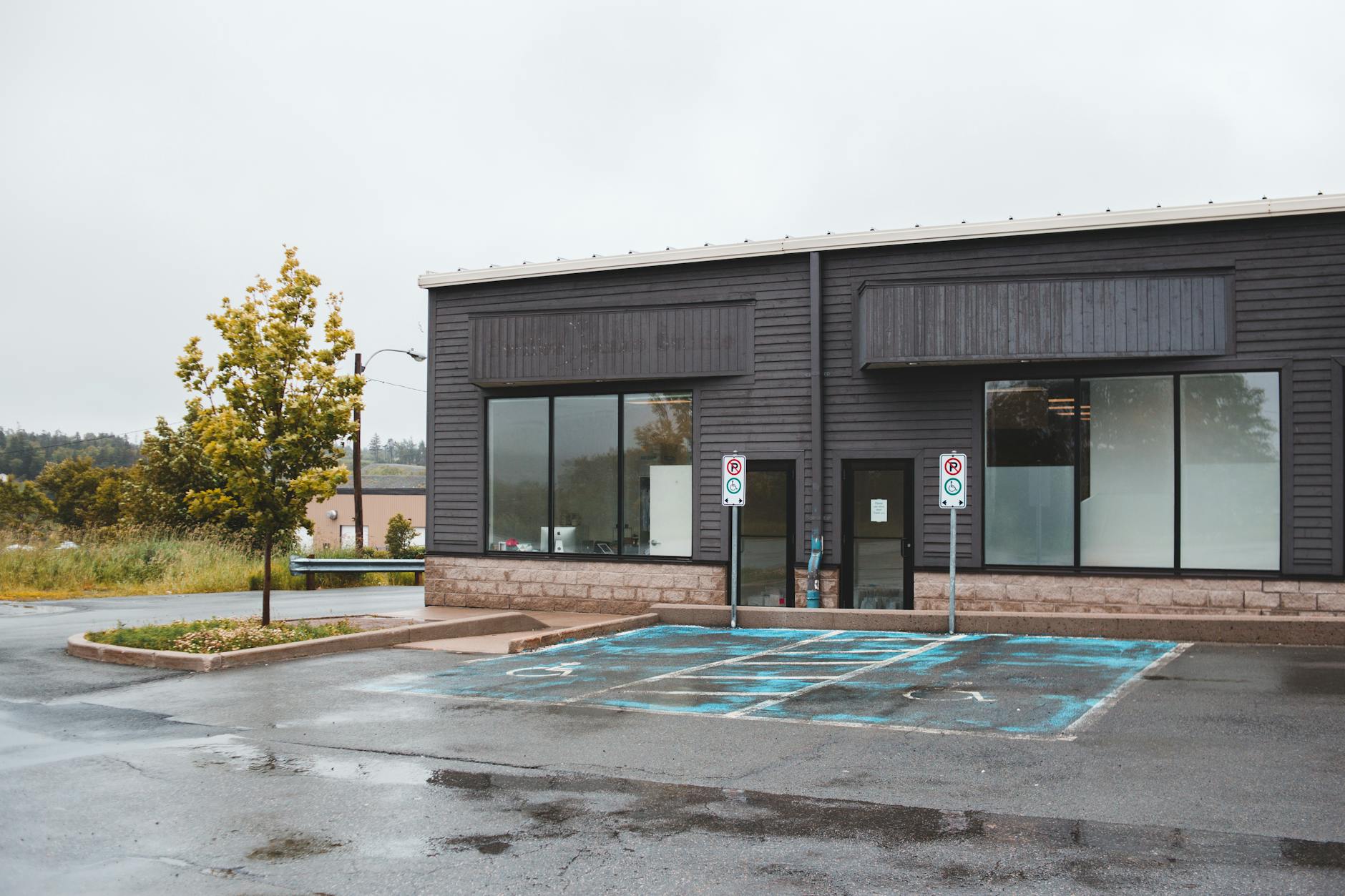How to Navigate Commercial Real Estate Listings for Retail Spaces
How to navigate commercial real estate listings for retail spaces
Navigating commercial real estate listings for retail spaces can be a complex process requiring careful consideration of various factors. Whether you are a new entrepreneur looking for your first storefront or an established brand seeking expansion, understanding how to efficiently search and evaluate commercial properties is crucial. From identifying prime locations to interpreting lease terms and analyzing the suitability of a space for your brand, every step demands attention to detail. This article will guide you through the essential elements to consider when exploring commercial real estate listings, enabling you to make informed decisions that align with your business objectives.
Understanding your business needs and location priorities
Before diving into listings, it’s important to clearly define your business requirements. Consider the type of retail operation you run and how that translates into space needs, such as square footage, layout, and foot traffic expectations. Equally important is prioritizing location factors that contribute to your store’s success. High visibility, accessibility, proximity to complementary businesses, and customer demographics should inform your search. By establishing these criteria upfront, you can narrow down listings and focus on properties that truly match your operational goals.
Using online platforms and databases effectively
Commercial real estate listings are widely available through numerous online platforms, but not all are created equal. Popular databases like LoopNet, CoStar, and CREXi offer extensive inventories, often with advanced filters to refine searches by price, size, lease type, and zoning. To navigate these efficiently:
- Set up alerts to receive notifications about new listings matching your criteria.
- Review listing details carefully, including recent updates and photos.
- Use mapping tools to visualize location context and nearby businesses.
- Don’t hesitate to contact listing agents for additional information or to arrange site visits.
Integrating this digital research with local market knowledge can provide a competitive edge in finding suitable retail spaces.
Evaluating lease terms and financial implications
Once you identify potential retail spaces, understanding lease agreements becomes essential. Commercial leases are often more complex than residential ones, varying greatly in terms such as rent structure, duration, renewals, and additional costs like maintenance and taxes. Below is an example of typical lease terms and what to watch for:
| Lease term | Description | Key points to consider |
|---|---|---|
| Triple net (NNN) | Tenant pays base rent plus property taxes, insurance, and maintenance | Potentially higher monthly outlays — budget accordingly |
| Gross lease | Tenant pays fixed rent, landlord covers operating expenses | Predictable monthly costs — often higher base rent |
| Percentage lease | Rent based on a percentage of sales plus minimum base rent | Aligns landlord-tenant incentives — suitable for high-traffic retailers |
Careful review of these terms with a commercial real estate attorney or advisor can prevent unexpected financial burdens.
Assessing property condition and compliance requirements
Lastly, a retail space’s physical condition and regulatory compliance must not be overlooked. Inspect the property for structural integrity, accessibility standards (such as ADA compliance), electrical and plumbing systems, and potential renovations needed to fit your brand image. Additionally, verify permits, zoning restrictions, and any local ordinances that might limit your operations. A thorough assessment at this stage will help avoid costly surprises after signing a lease and ensure that the space supports your long-term business plans.
Conclusion
Navigating commercial real estate listings for retail spaces demands a strategic approach that aligns property options with your business goals. Starting with clearly defined needs and location priorities allows you to streamline your search. Leveraging specialized online platforms, you can efficiently identify viable spaces while remaining informed about market dynamics. Understanding lease structures and their financial impacts guards against hidden costs, and performing detailed property and compliance checks ensures the space is ready and appropriate for your retail venture. By following these interrelated steps, you position yourself to secure the right retail space that supports growth and success in a competitive commercial environment.
Image by: Erik Mclean
https://www.pexels.com/@introspectivedsgn
editor's pick
latest video
news via inbox
Nulla turp dis cursus. Integer liberos euismod pretium faucibua

